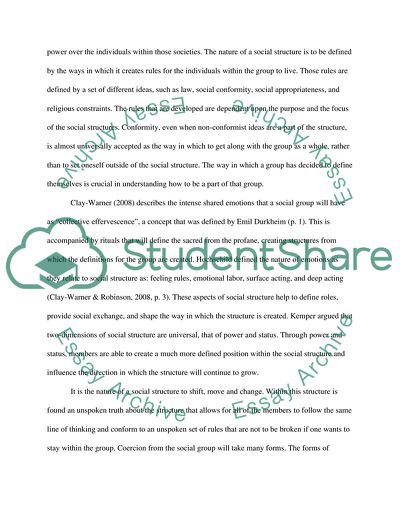Cite this document
(“The coercive power of social structures Essay Example | Topics and Well Written Essays - 2000 words”, n.d.)
Retrieved from https://studentshare.org/sociology/1578062-the-coercive-power-of-social-structures
Retrieved from https://studentshare.org/sociology/1578062-the-coercive-power-of-social-structures
(The Coercive Power of Social Structures Essay Example | Topics and Well Written Essays - 2000 Words)
https://studentshare.org/sociology/1578062-the-coercive-power-of-social-structures.
https://studentshare.org/sociology/1578062-the-coercive-power-of-social-structures.
“The Coercive Power of Social Structures Essay Example | Topics and Well Written Essays - 2000 Words”, n.d. https://studentshare.org/sociology/1578062-the-coercive-power-of-social-structures.


